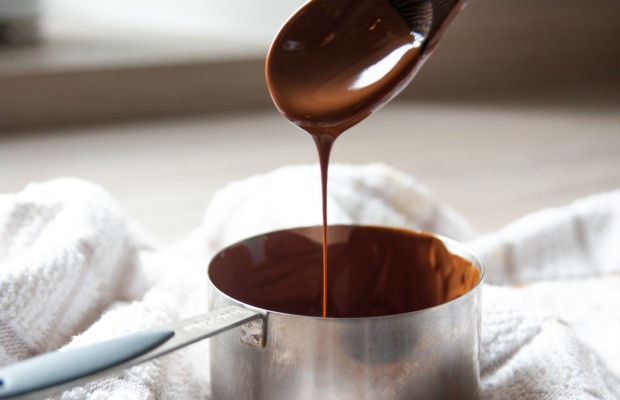Every July, we encourage you to celebrate one of the best food days in existence: World Chocolate Day! And, if you’re planning to cook or bake something with your favourite bar, you might want to read this before you do – because there’s a difference between baking chocolate and the thin snackable chocolate bars you find in the sweets aisle at the supermarket.
ALSO READ: Baking ingredients: Where to splurge and where to save
Baking chocolate is generally unsweetened chocolate without any sugar and is normally used in recipes that call for added sugar as an ingredient. You’ll find it sold in blocks, chunks or chips, and it is tempered in factories before it finds its way into the shops.
What is tempering?
Tempering is the name given to the process of heating and then cooling melted chocolate to a specific temperature and agitating it so that stable fat crystals develop, allowing the end result to be a chocolate that has a smooth texture, a glossy surface and that characteristic snap when you break it. Due to the temperature it’s cooled at, tempered chocolate shouldn’t melt when it comes into contact with your fingers.
Tips for using chocolate when baking
- Weigh your chocolate for recipes rather than measuring it by volume.
- When melting chocolate, avoid overheating it and never add water.
- If a brownie or cake recipe calls for melted chocolate, and you don’t have any on hand, swap it for cheaper cocoa powder. So for every 100g of 70% chocolate you need, add 70g cocoa powder and 30g extra fat (oil or butter).
ALSO READ: How to rescue seized chocolate without even batting an eyelid
Storing chocolate
It’s best to store your cooking chocolate in a cool, dark place and sealed in an airtight container. If you spot white specks on the chocolate, don’t fret! It just means that some cocoa butter has risen to the surface due to a change in temperature.

